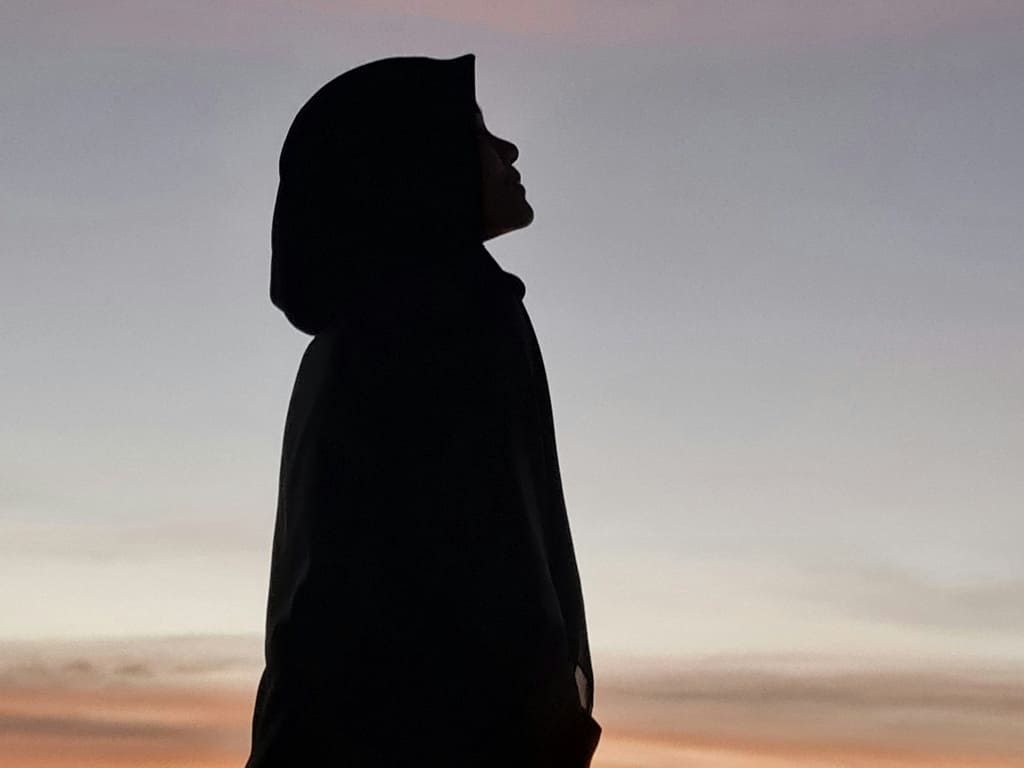Recently the report “Doing it for ourselves and our children: Refugee women on their own in New Zealand” was launched in Auckland, New Zealand. The project was jointly undertaken by AUT University and Refugee Services New Zealand with the support, guidance and practical assistance of the three Strengthening Refugee Voices groups in Auckland, Wellington and Christchurch. It was an honour for me to write the report.
The purpose of this project was to examine the resettlement experiences of women who entered New Zealand through the category of Women at Risk (identified by the Office of the United Nations High Commissioner for Refugees (UNHCR). This category constitutes up to 75 places (10%) of New Zealand’s annual refugee quota of 750 applicants) or who became sole heads of households as a consequence of their resettlement experiences. The terms ‘refugee women’ and ‘communities’ refer to highly diverse groups of people and in this report we don’t assume a “single, essential, transhistorical refugee condition” (Malkki, 1995, p.511).
A focus on strengths and principles of social justice, community development and capacity building were central to this investigation. Specifically, we had a transformative agenda, which was to enhance the wellbeing of refugee women by focussing on the roots of inequality in the structures and processes of society rather than in personal or community pathology. Within this frame, we were committed to constructing refugee women as assets rather than deploying as replicating deficit models where refugee women are represented as burdens for the receiving society.
You can read the whole report on the Refugee Services website
